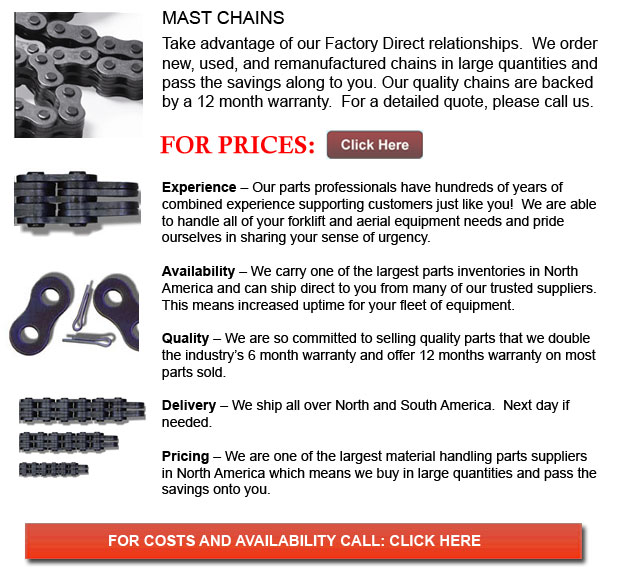
Forklift Mast Chains - Leaf Chains consist of several functions and are regulated by ANSI. They are used for tension linkage, lift truck masts and for low-speed pulling, and as balancers between head and counterweight in some machine devices. Leaf chains are at times even known as Balance Chains.
Features and Construction
Constructed of a simple pin construction and link plate, steel leaf chains is identified by a number which refers to the lacing of the links and the pitch. The chains have certain features like for example high tensile strength for every section area, which enables the design of smaller devices. There are B- and A+ kind chains in this series and both the BL6 and AL6 Series contain the same pitch as RS60. Finally, these chains cannot be driven utilizing sprockets.
Handling and Selection
In roller chains, the link plates maintain a higher fatigue resistance due to the compressive stress of press fits, yet the leaf chain only contains two outer press fit plates. On the leaf chain, the maximum acceptable tension is low and the tensile strength is high. Whenever handling leaf chains it is vital to confer with the manufacturer's catalogue so as to guarantee the safety factor is outlined and use safety measures always. It is a better idea to carry out extreme caution and utilize extra safety guards in applications wherein the consequences of chain failure are severe.
Higher tensile strength is a direct correlation to the use of a lot more plates. As the use of much more plates does not improve the utmost allowable tension directly, the number of plates may be restricted. The chains need regular lubrication because the pins link directly on the plates, generating a very high bearing pressure. Using a SAE 30 or 40 machine oil is often advised for nearly all applications. If the chain is cycled more than one thousand times day after day or if the chain speed is over 30m per minute, it would wear very quick, even with continuous lubrication. Hence, in either of these situations using RS Roller Chains will be much more suitable.
The AL-type of chains must just be used under particular conditions such as when wear is really not a huge problem, if there are no shock loads, the number of cycles does not exceed 100 daily. The BL-type will be better suited under various conditions.
The stress load in components would become higher if a chain utilizing a lower safety factor is chosen. If the chain is likewise utilized among corrosive situations, it could easily fatigue and break really fast. Performing frequent maintenance is really important when operating under these kinds of situations.
The outer link or inner link kind of end link on the chain will determine the shape of the clevis. Clevis connectors or otherwise known as Clevis pins are constructed by manufacturers, but the user typically provides the clevis. An improperly made clevis could decrease the working life of the chain. The strands must be finished to length by the maker. Refer to the ANSI standard or call the maker.
![]() Click to Download the pdf
Click to Download the pdf
Forklift Parts
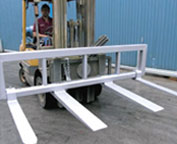
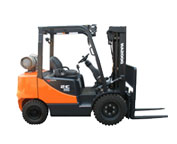
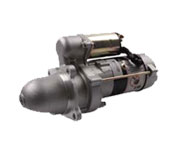
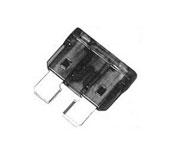
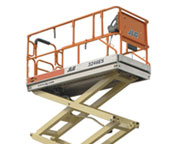
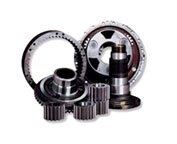
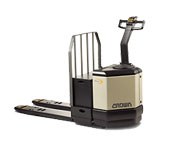
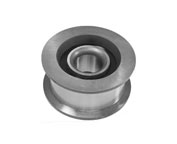
Lift Parts Express
TOLL FREE: 1-888-695-7994
LOCAL: 509-209-9708
1818 WEST FRANCIS AVE 198
Spokane, Washington
forkliftpartsspokane.com
Email Us
About Us


